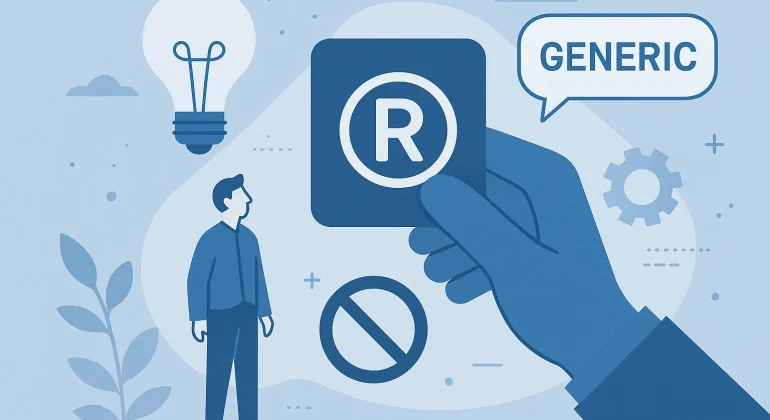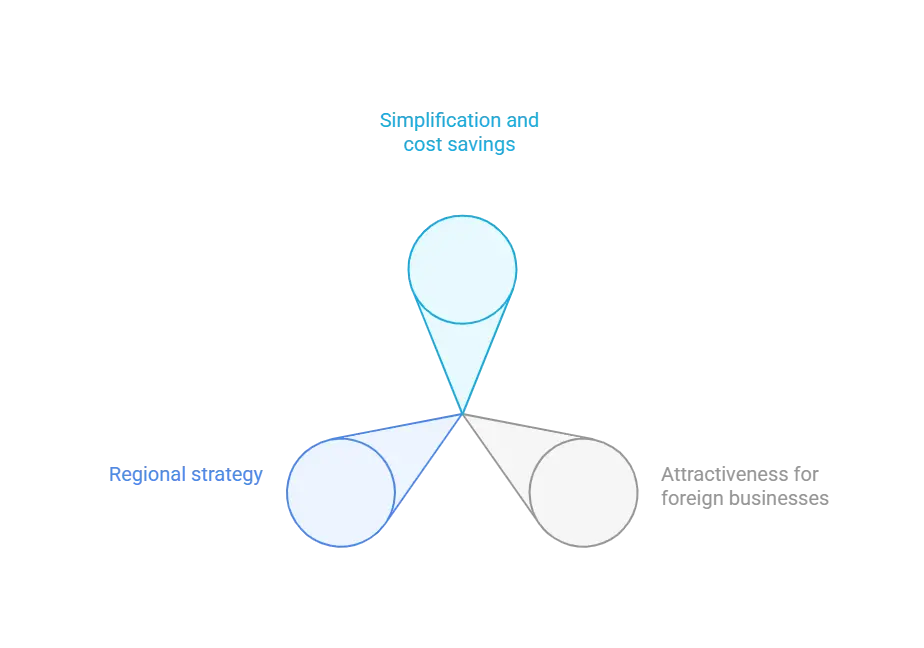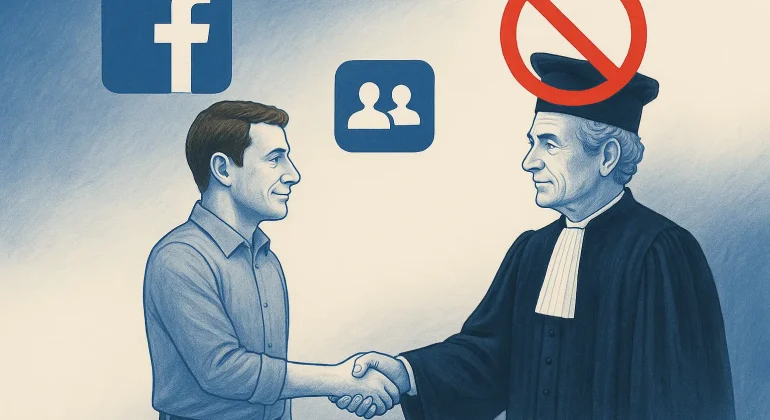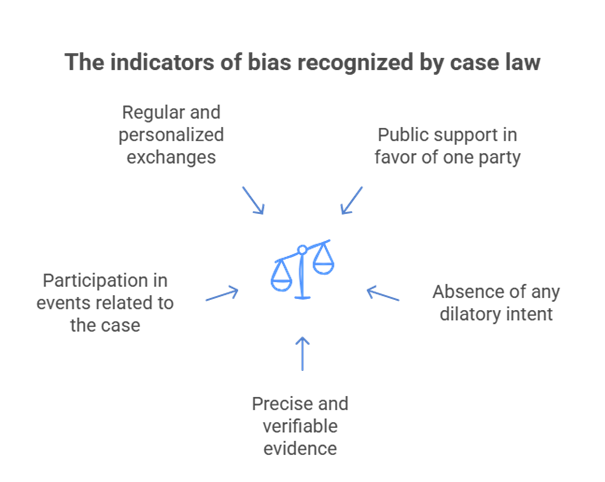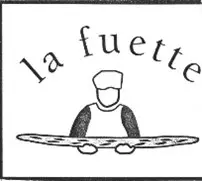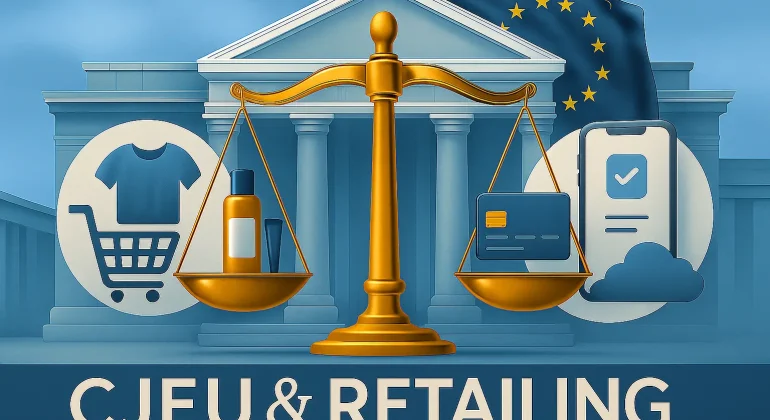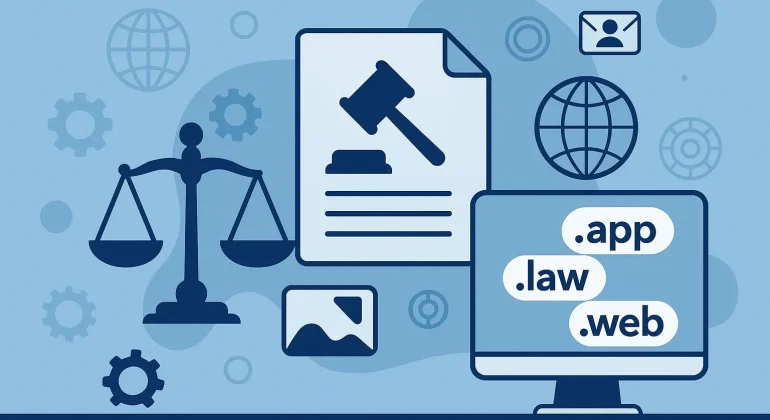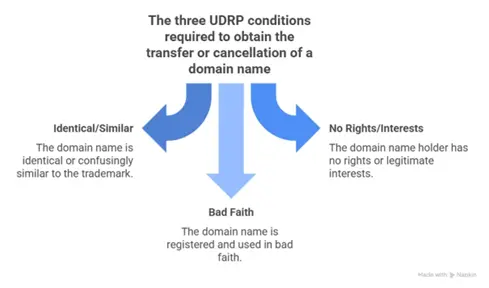Generic trademarks: good practices to avoid ‘genericide’
Protecting intellectual property assets is a major concern of companies. Trademarks are a subject of immediate interest, because they allow consumers to associate products and/or services with a specific company. The company is therefore more easily recognized and is more likely to see customers buy its products.
Once a trademark has been duly registered, a company can start to exploit it. That is when we must be most vigilant. Indeed, a trademark may lose its distinctiveness after its registration, by becoming a generic trademark.
What is a generic trademark?
Put simply, a generic trademark is one that has become “The common name in trade for a product or service” One of the main criteria for the validity of a trademark is its distinctiveness (Article L. 711-2 of the French Intellectual Property Code). Under the article L. 714-6 of the French Intellectual Property Code, a generic trademark is devoid of distinctiveness because it has become “The common name in trade for a product or service”.
In other words, a generic trademark is a trademark that has become a common term for a type of product or service. It is used by both consumers and competitors of the trademark to refer to the product or service no matter by whom it has been provided. As a victim of its success, the trademark no longer enables consumers to identify products and services as coming from the company concerned. It falls therefore into the public domain.
As such, the company that created the trademark loses its exclusive right of exploitation. It will no longer be able to oppose the use of its trademark by third parties who seek to use it as the descriptive or ‘generic’ name of the product or service for which it has become famous. This is called genericide of a trademark.
Under the aforementioned article L. 714-6, an action for revocation or cancellation for genericide of a trademark that became generic requires two conditions:
– the trademark must have become the common name of the product or service;
– such use must be caused by the trademark owner, namely mostly his inaction.
Hence, the need for a company to act effectively against any use of its trademark as a generic term. If the owner acts effectively against any generic use, the trademark will continue to be protected by law.
Good practices to prevent a trademark from becoming generic
Acting before any commercialization, is the most effective way to prevent a trademark from becoming generic. It is also advisable not to misuse the trademark later on.
If you have created a totally new product or seek to become a brand leader in a new market, it is imperative to create – or use -a term to designate the new product, as there is a strong risk of confusion between the trademark and the product. For example, Apple’s trademark is iPhone, and the product to which it is applied is a “smartphone”. Similarly, if a generic term exists but is particularly complex, it is useful to provide a simpler term, where your trademark is the market leader. It is also recommended to use the term defined in this way in agreements with third parties (e.g. letter of commitment, coexistence agreement, etc.).
In addition, the trademark must be used correctly in all circumstances, both externally and internally.
The use of the trademark must be particularly monitored during advertising campaigns. The trademark should be distinguished from the surrounding text promoting the marketed product or service by placing it in BLOCK LETTERS or, by Capitalising the first letter.
Using the trademark as a noun makes it more likely to be confused as the generic name. This practice should be discarded in favour of using it as an adjective. For example; “a Kleenex handkerchief” rather than “a Kleenex”.
Another good practice is to use the ® symbol or the ™ symbol. Although the latter have no legal value in France unlike in the United States, their use on the market is common. Promoting the trademark as an asset belonging to the company discouraging its use as a common term.
A trademark becomes generic mainly because of its misuse by the public. This misuse is not necessarily the result of an intend to harm. As such, it is recommended to carry out advertising campaigns aimed at consumers promoting correct use in order to avoid misuse. Preparing written standards defining the correct use of the trademark that can be easily distributed to third parties (licensees, consumers, etc.) also participates to this public education.
Avoiding misuse of the trademark also requires protection against abusive use of the trademark by third parties. It is therefore necessary to monitor product and service descriptions for new trademark applications and press publications mentioning the trademark.
Finally, because a trademark may be declared generic as a result of the owner’s actions or lack of action, it is in the company’s best interest to ensure that it can prove that it has taken steps to avoid the trademark becoming generic. In this respect, marketing files (advertising costs, unsolicited mentions in the press, etc.), letters of formal notice, summonses or even court decisions are all evidence to be kept.
In short, a potentially generic trademark remains protectable under trademark law if its owner has enforced actions against its misuse and gathered supporting evidences to prove that extent.
Dreyfus can assist you in the management of your trademarks portfolios in all countries of the world. Do not hesitate to contact us.
FAQ
What is a generic trademark?
A trademark that, through being used as a common name to designate a product or service, loses its distinctive function and falls into the public domain.
Can a trademark be protected against genericide?
Yes, by monitoring its use, educating the public and distributors, and ensuring it is always perceived as a trademark and not as a common name.
Can a generic trademark be recovered?
No, once a trademark has become generic and lost its legal protection, it is very difficult — if not impossible — to recover it as a registered trademark.

